Money makes us do stuff, money lets us do stuff…
We all know the Wellington region needs more cash for public transport, plus discouragement from driving that clogs the roads (we said it loudly too). But how do we get it? One tool is congestion charging. Auckland’s thinking hard about it – is it a tool our region should use too? Auckland’s Harriet Gale has some opinions – so what do we think in Wellington?
This post was originally published on Greater Auckland – thanks for permission to repost.
Let’s Get Wellington Moving – Smarter Pricing and Demand Management
Last year Wellington’s semi-equivalent of our Auckland Transport Alignment Project (ATAP) was released for consultation. The work was done as a result of the declined consent for the Basin Reserve Flyover which required Central and Local Government to go back to the drawing board.
Many of the issues and problems with the plan for consultation was written about by Matt here, however, what I want to touch upon in this post is the lack of investigation into Smarter Pricing aka Congestion Pricing.
Considering how effective Smarter Pricing was for ATAP with acting as a congestion buster drastically reducing the amount of capital expenditure we would need to spend on increasing capacity. It seems odd that Wellington didn’t consider it especially considering how relatively easy introducing it for Wellington would be due to the limited entry points to central.
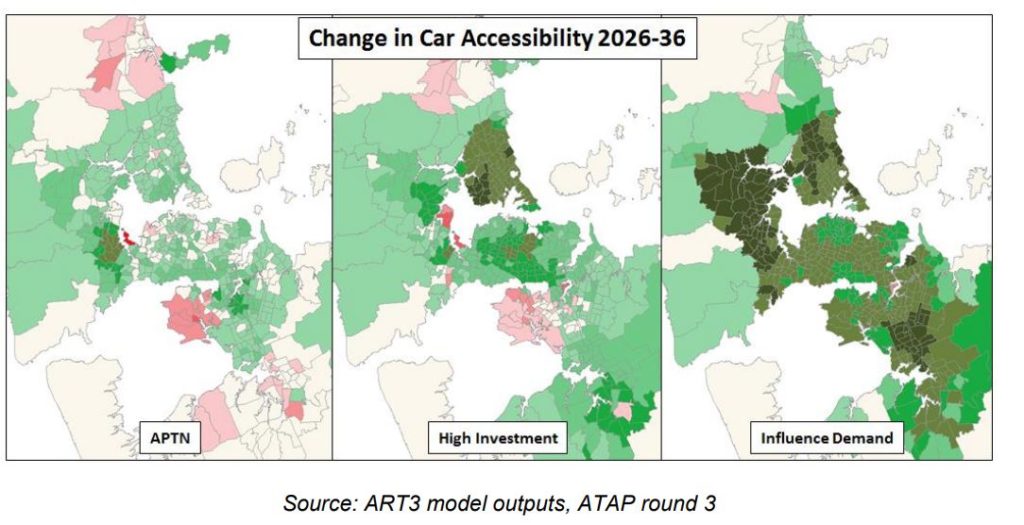
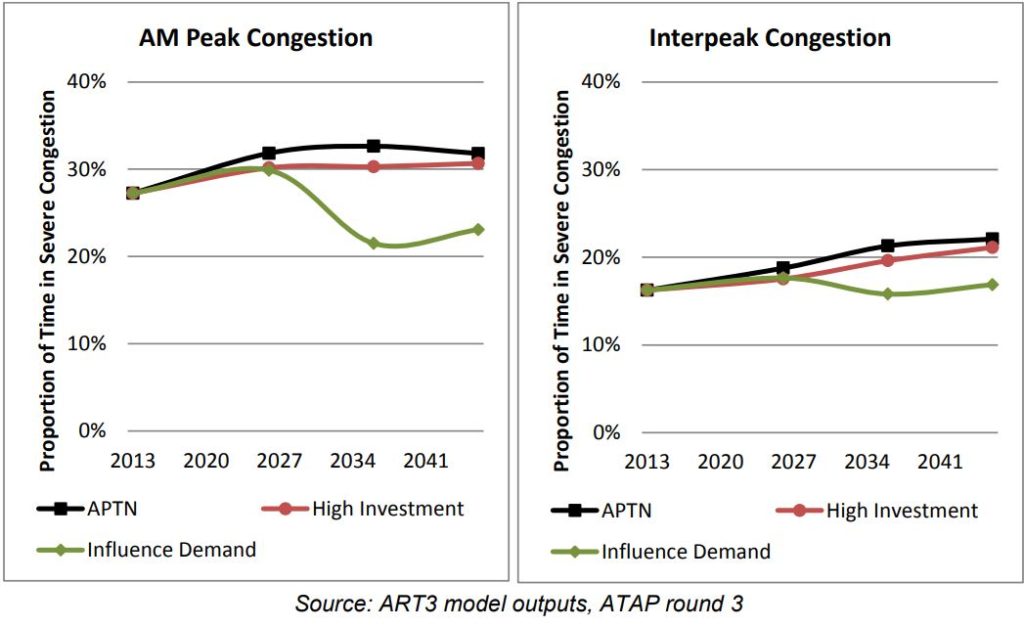
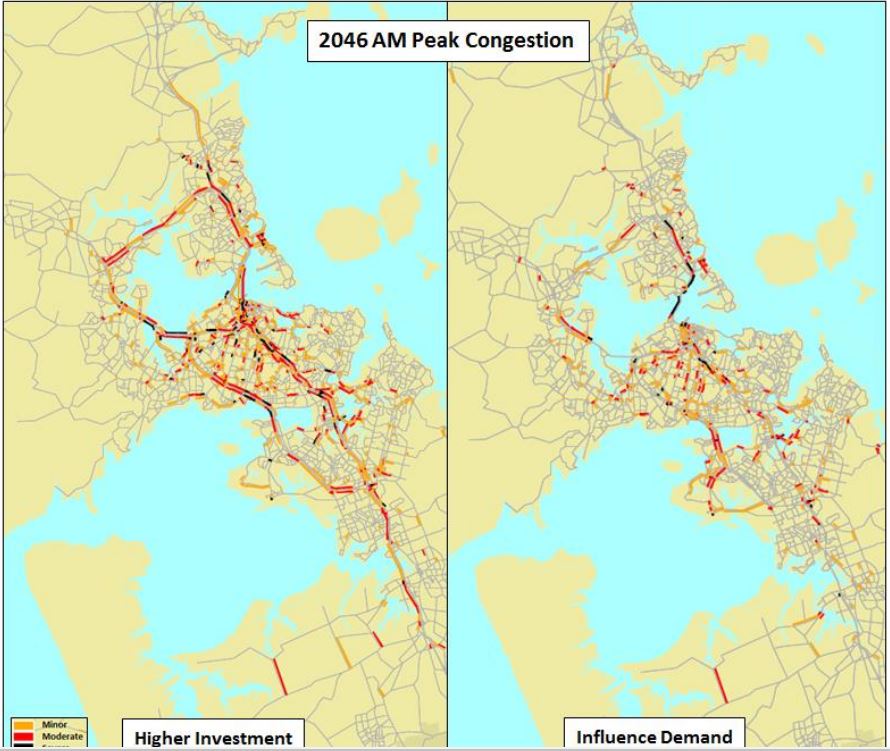
The Higher Investment package tried to solve the issue by building more supply, especially around roading, while the influence demand package reduced the number of projects or delayed when they were needed. This meant not only was Influence Demand cheaper it was also a lot more effective. ATAP also aligns with international examples as well which also show around a 10 – 30% traffic volume reductions after congestion pricing implementation.
The fact that the previous Government also considered pricing as acceptable for Auckland makes the decision of pricing for the Wellington network out of scope also strange. If implemented, Smarter Pricing in Wellington could drastically reduce the amount of capital needed to be spent on the roading network while also improving access.
Wellington would also be an easy place to trial pricing because
a) A New Bus Network roll out in July, as well as a strong legacy rail network which will hopefully be upgraded further with acceptance of two budget bids that have been submitted;
b) Limited entry points into the centre.
Stage 1 – Northern Access
It would make sense to start the trial at the northern access points as northern areas. This is because these areas have access to the existing rail network.
Putting gantries at two strategic locations would result in nearly all northern traffic accessing the centre to pass through them, with one where SH1/2 join, as well as one on Hutt Rd somewhere after Kaiwharawhara Rd.
This will capture nearly all traffic who access central Wellington from the northern areas served by the Johnsonville. Hutt, Kapiti, and Wairarapa lines. Technically you could skip the pricing by going all the way around the back of Ngaio and Wadestown but good luck to you.
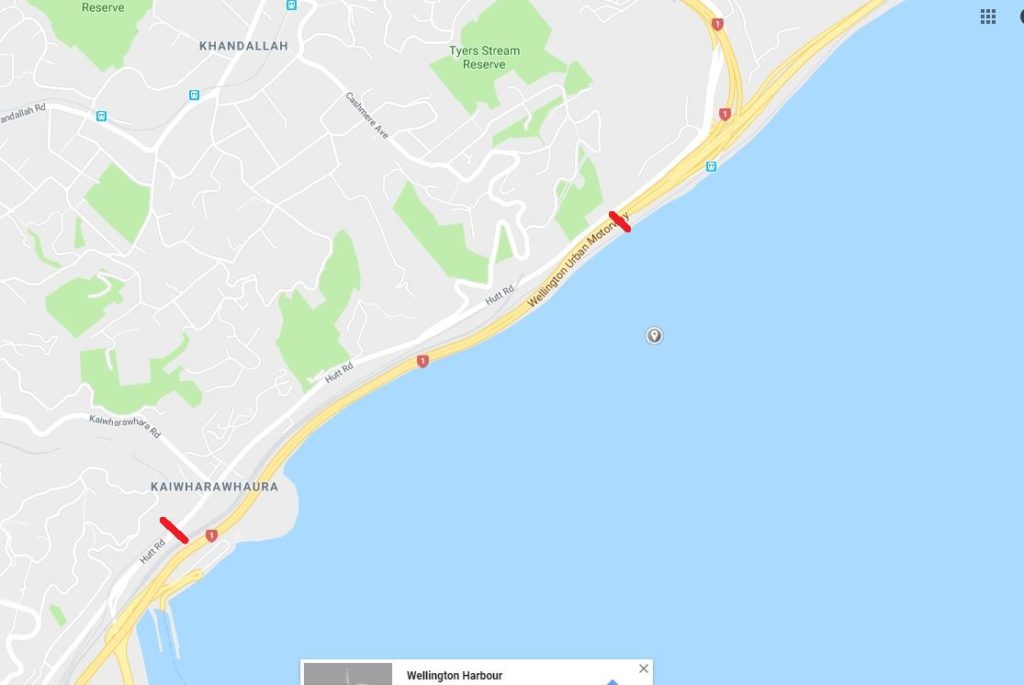
The system should operate as a cashless automatic tolling system using for example cameras and number plate recognition. The NZTA already operate this technology on toll roads across the country and just like other toll roads in NZ you would be able to pay in advance as well. The other way is what they have in Sydney have, where in addition to number plate readers you can buy an electronic tag for your car with an account.
The pricing should also not be a flat toll, but dynamic higher at peaks and lower off-peak helping smooth out the peak period, acting as an incentive to switch to public transport / cycling / walking while not punishing trips unnecessarily during the off-peak. Pricing could even be set less counter-peak than peak direction.
Stage 2 – Southern Access
After the implementation of Mass Transit whether it is Light Rail or Bus Rapid Transit creating a suitable alternative to at least Kilbirnie you could consider stage two. However, if Auckland does end up implementing a GPS/Satellite Smarter Pricing system Wellington could just switch to that instead of stage two.
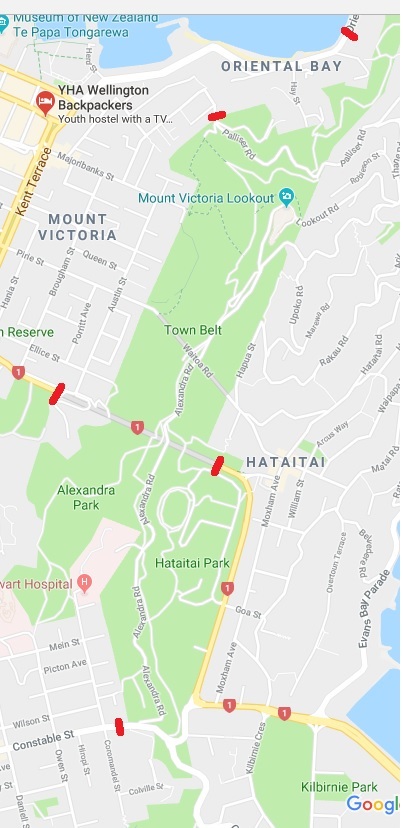
With targeted gantry points at Mt Victoria tunnel, as well as any extra traffic tunnel if built, Constable St, Moeller St, Oriental Parade as well as Manchester Street other than going to long way around Southgate and Island Bay, all general traffic heading into central will be covered by a smarter pricing gantry with the exception Mount Albert Rd which I have put in orange as a potential if it would become a rat run.
Some of these streets are which are not arterials but more streets through reserve you could also investigate how to make them non-through routes instead of gantries if preferable.
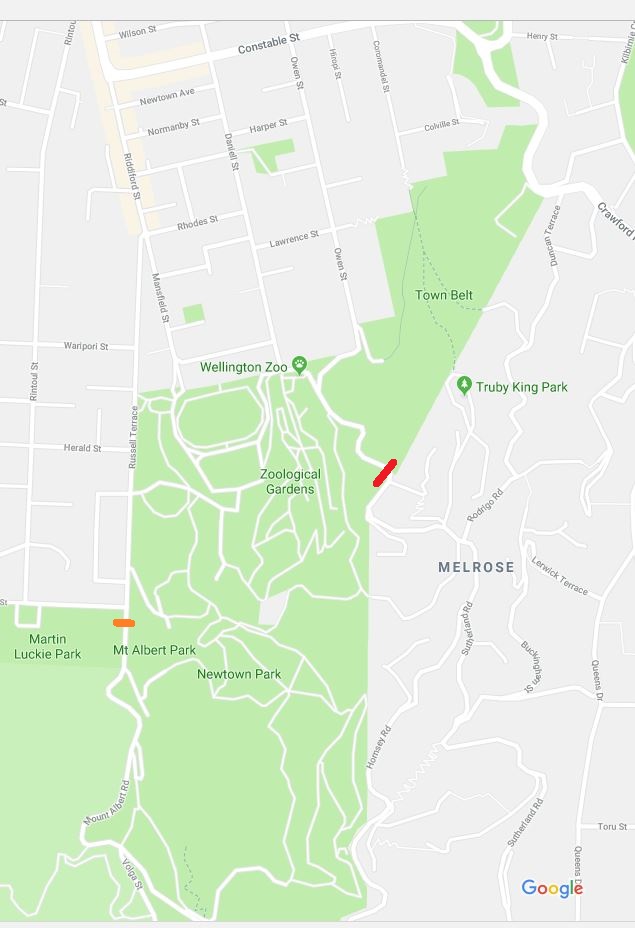
Parking Demand Management
Another way to manage congestion is to manage parking (excluding Accessibility Parking) you really want to:
- Look at the opportunity costs of public parking, would re-prioritising that space to a better use of the resource;
- Don’t provide free parking in areas where transit/active modes a viable option use price or timing;
- Price parking dynamically or provide time-limited car parking to preference short stay over long stay maximising the resource;
- Price parking in a way spaces always free so people are not circling causing congestion;
- Remove parking minimums across the region [link added].
At the end of the day, you don’t want to be subsidising congestion.
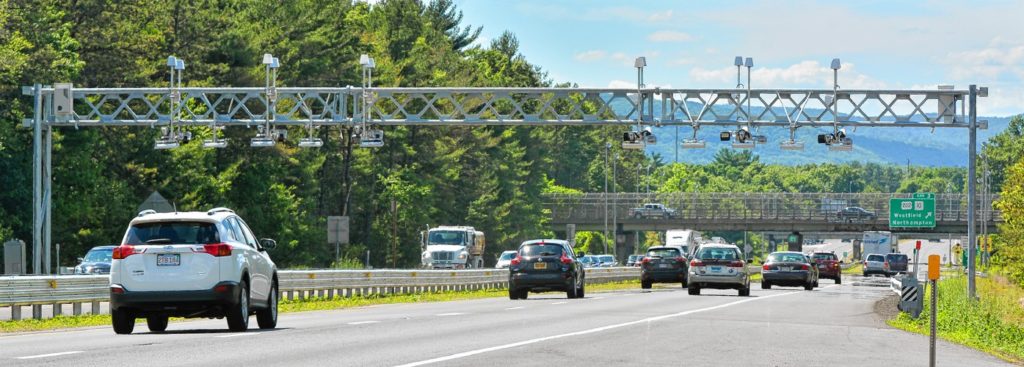
It was odd that Get Wellington Moving didn’t better consider Smarter Pricing considering the step change it provided in ATAP, especially as all parties in Parliament currently support pricing in some form for Auckland.
Smarter Pricing should definitely be considered as part of any mix for Wellington especially if it can remove the need or delay unnecessary major capital projects, reduce congestion while freeing up city streets for placemaking, active modes etc. especially considering how easy stage one could be done.
[ends]
- Would a congestion charge put you off driving to the CBD at peak time? If so, what would you do instead
- What do you think about using congestion charging, to encourage everyone to choose other ways than driving alone at peak time?
- What do you think about using it to help fund better public transport?
Image credits: all images supplied – please see original post.
Thanks for re-posting
Charging for congestion does take a bit of wrapping my entitled Wellingtonian head around – I tend to be thinking the city should be paying me for the time I spend waiting in “their” congestion, and peak congestion charges feel like adding insult to injury.
I’d love to see a AA-rewards-like scheme where reducing your peak usages increases your discounts on public transport.
I agree parking is a bore – I am based out of the city for work, but work in the city, so finding a short term (or even longer term) park is a pain point – especially when you have gear and other things to offload close to a CBD destination. More drop off spaces or more empty spaces would be a great result.
A thought provoking article